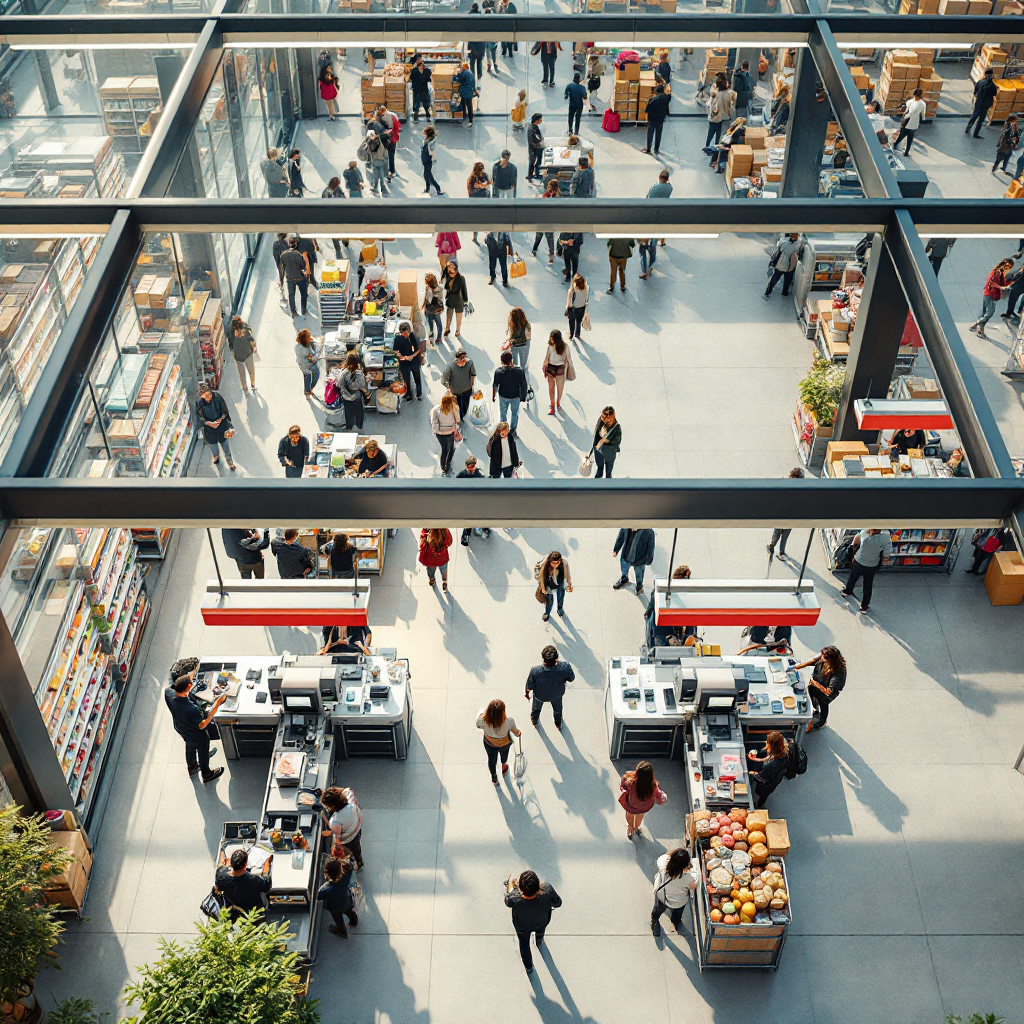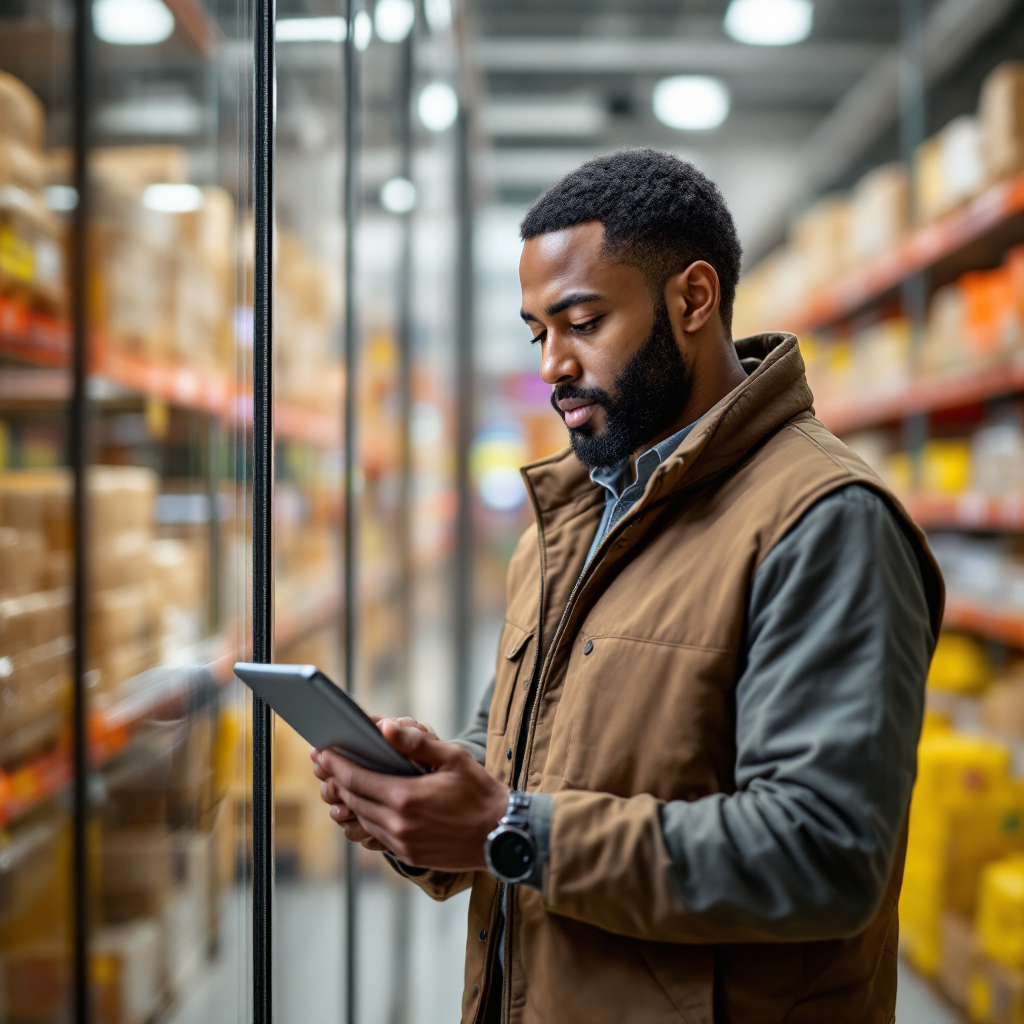Queue management with CCTV in checkout lanes
Queue Management System Fundamentals at Retail Checkout Lines
A modern store cannot ignore the pressure of long lines. Retailers now use a queue management system to keep pace with peak hours and shifting customer patterns. This management system turns passive video into operational signals that trigger action. For example, cameras can flag when customers have been waiting and a new lane must open to reduce wait times and boost satisfaction. Systems can help frontline teams see congestion before it harms the checkout experience. First, define the core KPIs. Wait time, throughput and abandonment rates show how well you serve shoppers. Second, connect these KPIs with front-line roles so staff respond quickly.
By combining CCTV with analytics, a store uses its existing infrastructure rather than buying new sensors. This approach lets teams count the number of customers at each checkout counter and track when queues are managed efficiently. It also helps balance service across staffed lanes and self-service options. Many retailers measure customer wait times and then open new lanes to reduce abandonment. In fact, systems that automatically open new lanes or alert staff can increase transaction speed by about 20% during busy periods (source). This makes it easier for store managers to meet SLAs.
To optimize operations, link video events with POS and staff rosters. That way, an alert goes to the nearest team member instead of a generic inbox. The system can also publish metrics for store management and shift planning. Finally, clear thresholds help staff act. Set a threshold of customers that triggers a lane opening. Do this, and the store will streamline throughput, improve customer experience, and reduce customer wait times across the site.
AI-Powered Computer Vision and People Counting for Accurate Queue Length Estimation
Computer vision now powers accurate people counting. Retail teams use using computer vision models to detect heads, bodies, and movement patterns. These AI models perform object detection and classify people versus carts, so counts avoid false positives. The result is a near real-time estimate of queue length at each checkout counter. Accuracy rates in studies reach up to 95%, which lets managers trust automated prompts and data dashboards (source).
Vision platform vendors supply smart cameras or edge servers that run models at the store. Smart cameras reduce bandwidth by sending only structured events. The models also counts the number of people and report people in the queue by region of interest. For example, a camera can monitor an entry and then mark who moves into the checkout area. When the system counts the number of customers in a lane, it can estimate wait time and predict build-up trends. This predictability reduces surprise during peak windows.
People counting pairs with simple heuristics to improve accuracy. For instance, combining object detection with depth clues and heat patterns helps the model ignore staff who walk behind a cashier. You can also retrain models on site-specific footage. Visionplatform.ai supports that approach, so teams keep models local and aligned with privacy rules. The combination of vision AI, configured region of interest, and tailored classes helps stores improve customer flow while preserving personal data. For more on people-counting implementations, see the practical examples for supermarkets and heatmaps (people counting and heatmaps).

AI vision within minutes?
With our no-code platform you can just focus on your data, we’ll do the rest
Real-Time Queue Monitoring with CCTV and Video Analytics
Real-time queue dashboards convert raw streams into action. CCTV streams feed analytics engines that emit events like “lane threshold exceeded” or “time in a queue above limit.” These events drive a real-time queue view for store managers. The platform shows how many people wait at each counter, how long they wait, and where bottlenecks form. It also supports alert staff actions so associates receive clear, actionable tasks.
Retailers may link security cameras and POS data. This link produces richer real-time data, which helps predict the next 10 minutes of demand. Some systems then trigger an alert to the floor when a lane reaches a pre-set threshold of customers. That process follows the same principle used in advanced surveillance systems but adapts it for operations and crowd management. In practice, alerts can tell a supervisor to open new checkout or to reallocate staff to a busy lane. Large chains that use edge AI combine these triggers with on-site dashboards to cut queue abandonment and boost shopper satisfaction (source).
Video analytics power the alerts and make them reliable. Systems can flag unauthorized access behind a register, too, enhancing security. Cameras provide a continuous stream and the analytics layer filters, classifies, and scores events. When queues are managed via these signals, stores see fewer long queues and faster recovery after sudden surges. For technical readers, platforms that integrate with Milestone and other VMS products make deployment smoother; see practical integrations for retail AI use cases (Milestone XProtect for retail). The combination of CCTV, real-time queue visibility, and video analytics creates a single source of truth for staff and managers to act immediately.
Smart Queue Alert to Enhance Customer Experience
Smart queue alerts nudge operations toward proactive service. Thresholds define when the system sends an alert. For example, set a threshold of customers equal to five or when average wait time exceeds two minutes. The alert arrives as a push or an on-screen prompt. Staff can react and open new registers or direct shoppers to self-service options. These immediate actions reduce perceived waiting and actual delays.
When stores use smart queue notification, they often see measurable gains. Studies show AI-driven queue analytics can cut customer wait times by up to 30% during peak windows (source). Faster flow improves the checkout experience and reduces abandonment. A timely alert also supports loyalty. Customers who leave without buying hurt conversion metrics. So a quick response keeps more transactions in the basket.
Smart queue systems extend to self-checkout lanes. If too many shoppers choose self-serve, the system can route new arrivals to a manned lane or alert staff to assist. This balances throughput and reduces the number of shoppers who spend in a queue waiting for help. Alerts can also inform back-office teams so they prepare for a surge in returns or price checks. Altogether, smart queue mechanisms lift the checkout experience for both shoppers and staff, and they allow the retail store to meet expectations consistently.

AI vision within minutes?
With our no-code platform you can just focus on your data, we’ll do the rest
Resource Allocation, Store Performance and ROI in Queue Management
Data-driven resource allocation turns video events into payroll savings and higher sales. When a system shows a consistent peak, stores can shift staff schedules to match demand. This reduces idle time and increases coverage where it matters most. Many retailers measure ROI by reduced labour costs and higher conversion rates when they open new checkout counters at the right moment. The historical data also guides hiring and cross-training decisions.
Quantitative benefits include shorter customer wait times and measurable lift in transactions per hour. For example, real deployments report up to a 20% improvement in transaction speeds during spikes when systems prompt operators to open new lanes (source). These improvements translate to revenue gains and lower lost-sale rates. Your platform should stream queue data to BI or workforce management tools so you can quantify the impact of each operational change. Visionplatform.ai supports event streaming via MQTT so that events feed dashboards and enterprise systems without exposing raw footage.
Operational efficiency gains also come from better queue forecasting. With accurate people counting and queue length trends, store managers can test layout changes or the placement of impulse items near checkout counters. These experiments become repeatable because the data produces valuable insights on shopper behavior. Over time, stores see better store performance and higher customer lifetime value. In short, a small upfront investment in AI and video analytics yields ongoing returns. That is why many teams prioritize systems that both improve operational efficiency and provide robust measurable ROI.
Frequently Asked Questions on Deploy and AI-Powered Queue Management
How does installation work for CCTV-based queue solutions?
Installation typically uses your existing cameras and VMS to avoid extra hardware costs. Vendors map cameras to regions of interest and calibrate models to recognize checkout counters and lanes.
How do you handle privacy and data protection?
Best practice keeps processing on-prem or at the edge so personal data never leaves the store network. Choose solutions that log events instead of streaming raw video to cloud services for GDPR and EU compliance.
Should we use edge AI or cloud processing?
Edge AI reduces latency and helps with safety and compliance by keeping data local. Cloud processing can centralize updates, but consider trade-offs for bandwidth, cost, and regulatory requirements.
How accurate is people counting with CCTV?
Modern computer vision models can reach high accuracy, often cited near 95% with proper calibration and site-specific training (source). Accuracy improves when you fine-tune models on your own footage.
Can the system alert staff in real-time?
Yes. A system can send an alert to a supervisor’s tablet or a staff app when queues cross a threshold. That alert staff prompt helps reduce waiting in line quickly.
Does CCTV queue monitoring enhance security too?
Yes. Platforms combine transactional monitoring with surveillance to detect unauthorized access or crowding near registers. This dual use enhances safety and operational oversight (source).
How do we measure ROI from queue analytics?
Measure reduced queue abandonment, improved transactions per hour, and lower overtime costs. Combine those metrics with customer satisfaction scores to compute a business-level ROI.
Can systems integrate with existing systems like POS and workforce tools?
Most modern solutions integrate via APIs, MQTT, or webhooks, so events flow into BI and scheduling tools. This allows store managers to act on data without switching interfaces.
Is retraining models necessary for different stores?
Yes, retraining or fine-tuning on site footage reduces false detections. Platforms that let you improve models on your data yield better people counting and fewer false alerts.
Where can I learn more about AI video analytics for retail?
Start with sector-specific resources to explore use cases and integrations for retail stores. For a deeper technical overview see AI video analytics for retail and related implementations (source).

